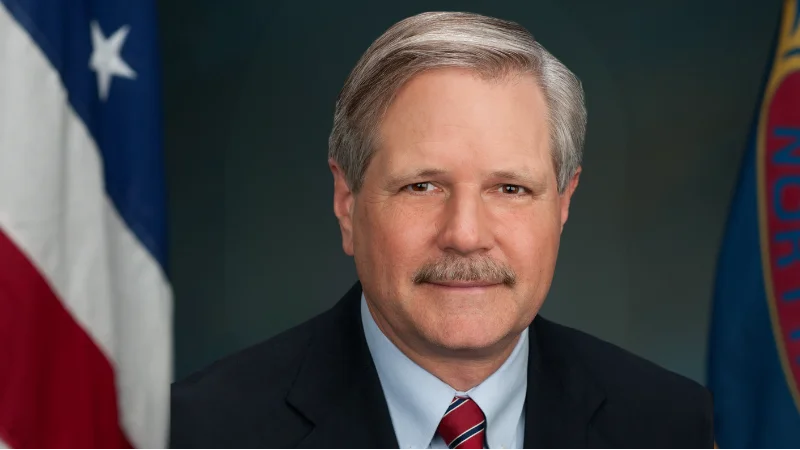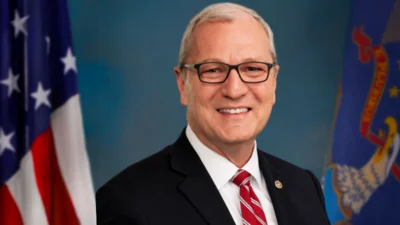Senator John Hoeven, U.S. Senator of North Dakota | Senator John Hoeven Official website
Senator John Hoeven, U.S. Senator of North Dakota | Senator John Hoeven Official website
Senator John Hoeven held a virtual discussion with U.S. Air Force Secretary Troy Meink during the Unmanned Aerial Systems (UAS) Summit in Grand Forks, North Dakota. The event focused on advancing counter-drone technologies and integrating practical drone applications into U.S. military operations.
Hoeven emphasized the urgency of updating defense strategies to address new threats posed by unmanned aircraft. He stated, “Technology is rapidly changing warfare around the world. We developed Project ULTRA because we can’t wait on the traditional acquisition process. The U.S. needed a new approach to keep pace with our adversaries and overcome the serious risk posed by unmanned aircraft, and there is no better place in the world to do that work than Grand Forks.” He added, “Ultimately, this is about getting to a unified counter-drone defense strategy, like we did with missile defense. That’s the long-term goal, and considering the threat we face, it needs to be a cornerstone of U.S. defense. We’re taking the first steps right here in North Dakota, and we’re able to do so because of the unique set of partnerships and capabilities that we’ve brought together.”
During the summit, Hoeven discussed how inexpensive and expendable drones are changing warfare by allowing adversaries to target valuable assets at low cost and risk, while defensive measures remain expensive. He argued that counter-drone strategies should become as central to national security as missile defense has been.
Project ULTRA, which was developed to accelerate progress outside traditional acquisition processes, will focus on creating cost-effective ways to detect and neutralize drone threats at domestic military installations.
Hoeven also highlighted recent developments at Grand Forks Air Force Base, including its selection as the site for the new Point Defense Battle Lab by Air Combat Command (ACC) and AeroVironment’s decision to bring its AV Halo counter-UAS system to GrandSKY. Upcoming runway repairs at the base will allow for increased counter-UAS research and testing, as small drones can be flown without interference from other aircraft.
In addition, Hoeven pointed out the advantages of using drones for routine military tasks such as resupply missions, which can improve efficiency and reduce risks for servicemembers in dangerous areas. These efforts are part of Project ULTRA’s initiative to develop protocols for unmanned cargo deliveries between bases.
The project’s model is designed to be faster and more efficient than traditional acquisition processes, helping the U.S. keep up with technological advances and adversaries while maintaining budget and schedule targets. With an increased contract ceiling of $100 million and a partnership with U.S. Central Command, Project ULTRA aims to provide all military branches with rapid access to necessary capabilities.






 Alerts Sign-up
Alerts Sign-up